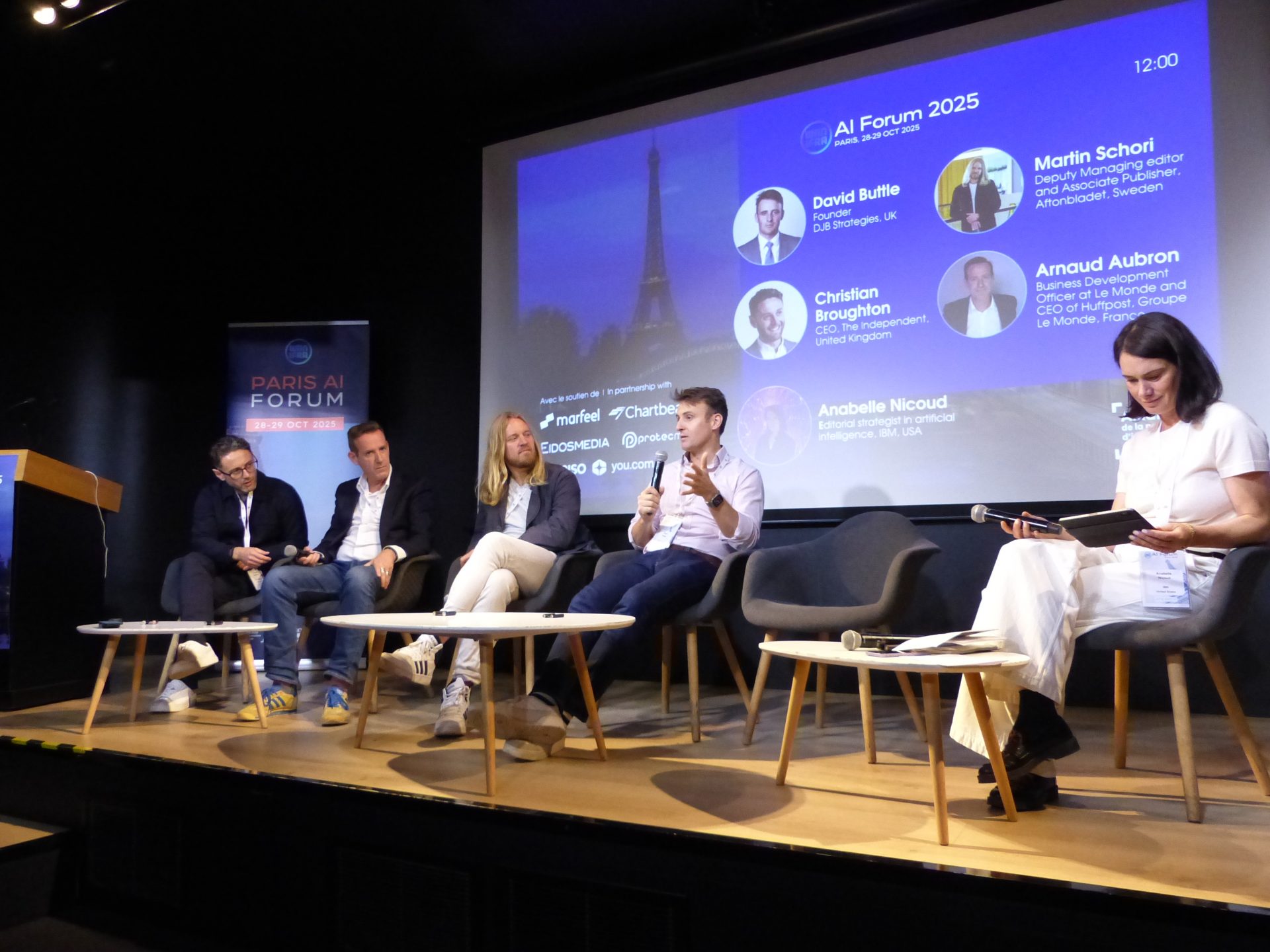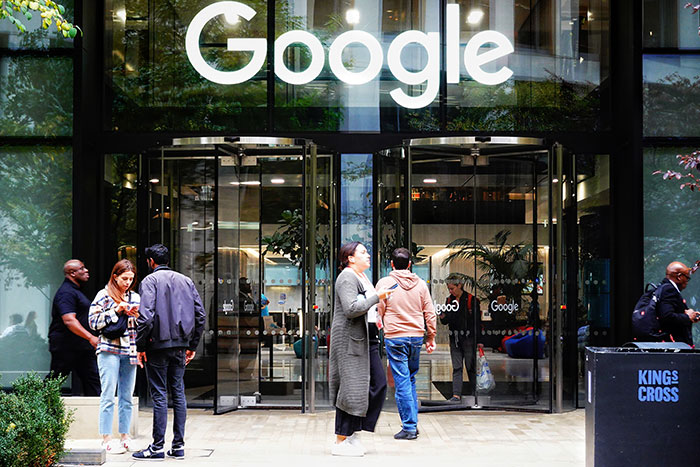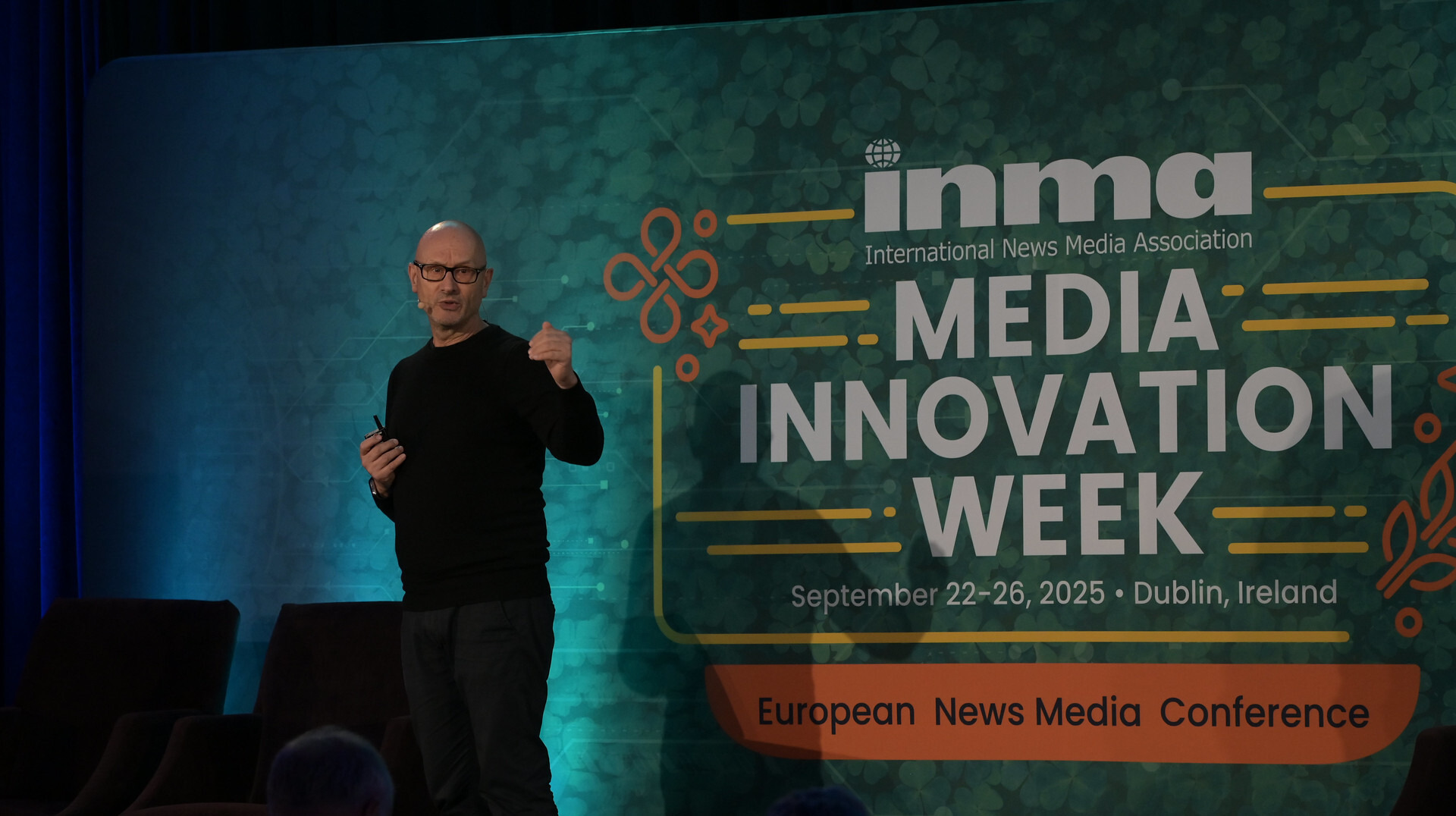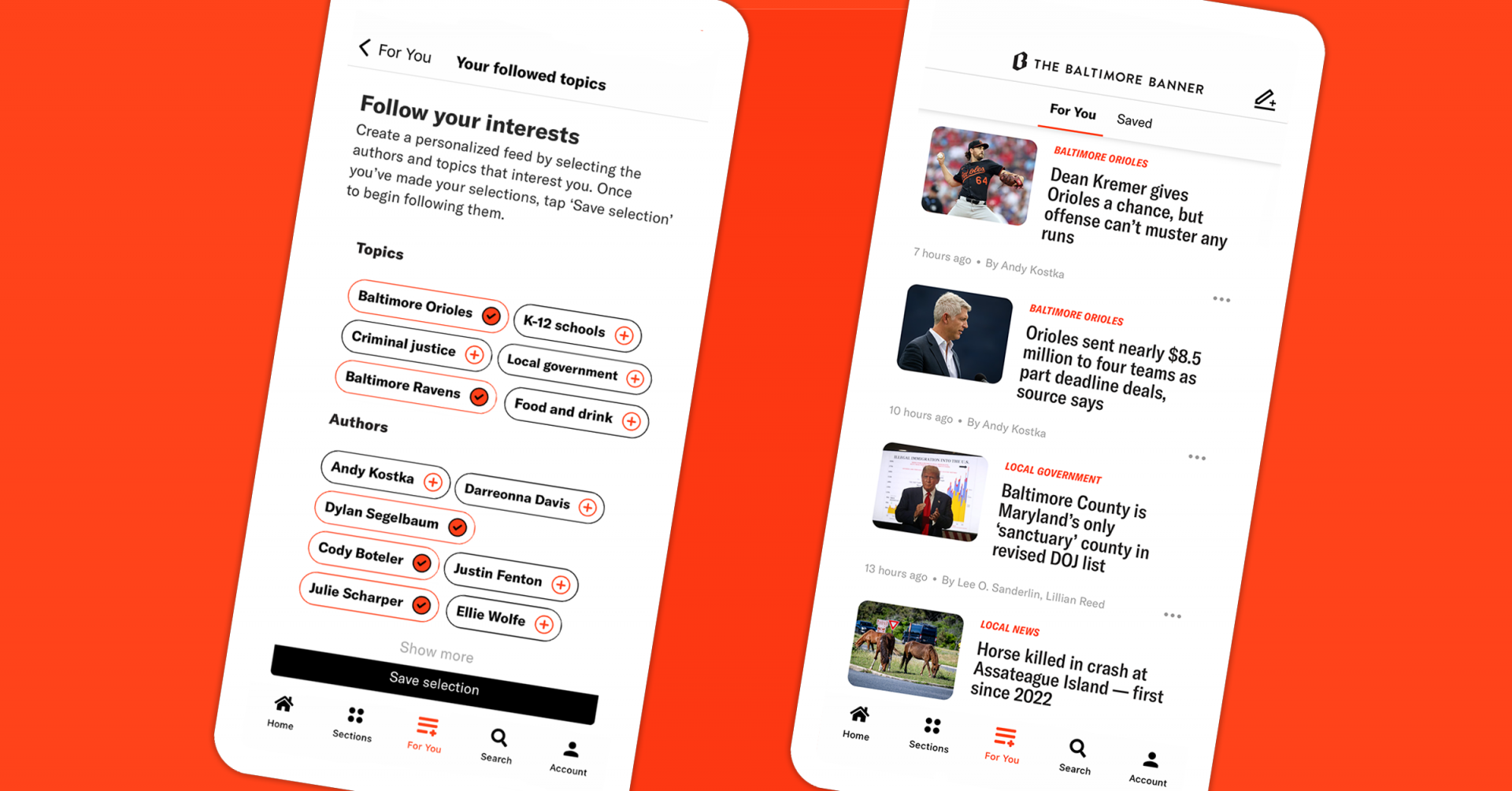
Newsletter
Newsletter
Discover looks like a lifeline, but over reliance can backfire. Here’s how publishers can build resilient growth.
14th August 2025

In preparing our Media App Market report, we spoke with a panel of publishing industry experts to better understand the challenges media organisations face. What emerged from these conversations was a clear picture of an industry grappling with growing complexity. Rising print costs and falling sales are prompting many publishers to consider shifting their focus entirely to digital. Yet, digital brings its own hurdles, with one of the most pressing concerns raised being the sharp decline in search engine traffic, a trend widely linked to Google’s ongoing rollout of AI-generated summaries. Nearly three-quarters of our panel said they were somewhat or extremely concerned about the drop in referral traffic from search.
Given this backdrop, many publishers have turned to Google Discover, which serves a personalised news feed on Android devices and products like Chrome, to shore up their audience acquisition. A recent Chartbeat study found that Discover now accounts for more than two-thirds of Google-referred traffic. On the surface, that looks like a welcome lifeline. But in a Press Gazette article, David Buttle, founder of DJB Strategies, described the shift as “increasingly precarious” for publishers, warning that overreliance on Discover concentrates risk and weakens direct audience relationships. In today’s Media Bulletin, we unpack the dynamics behind Google Discover and explore practical ways publishers can navigate a rapidly changing Google ecosystem.
Since the introduction of Google’s AI-generated summaries to Search, publishers have reported steep drops in click‑through rates. Multiple studies support these concerns, including research by analytics firm Authoritas, which found that a site ranking in the top search position could expect up to a 79% fall in clicks.
Google has pushed back on this narrative, arguing in a blog post that it is sending slightly more clicks to websites year over year and that the “average click quality has increased.” Yet Google’s claim sits uncomfortably against what numerous news organisations report seeing on the ground. It might be the case that clicks are increasing to non-news sites, with data from Profound showing that Reddit is now the most frequently cited domain in AI summaries. Whatever the cause, publishers are increasingly diversifying their traffic sources and searching for alternatives.
In response to recent changes in Search, publishers are exploring new ways to work with Google products. For many, Discover has offered a chance to recoup some of the traffic lost to AI summaries. The appearance of news articles within Discover has driven noticeable spikes in traffic, leaving publishers eager to develop strategies to better harness the platform’s potential.
In his Press Gazette piece, David Buttle questions Google’s motivations for promoting Discover. He argues that it acts as a “bargaining chip,” giving the tech giant leverage as it “relies on [publishers] for content to power its core search and AI revenue streams.” According to Buttle, Discover accounts for just 0.1-0.5% of Google’s enterprise revenue, suggesting its true purpose lies elsewhere. Unlike Search, which faces intense industry scrutiny whenever changes are made, Discover operates as a relative black box, potentially allowing Google to adjust its algorithm with far less risk of public backlash.
Moreover, the growing reliance on Google Discover risks repeating the mistakes of the past. Publishers that build their business models around producing content for Discover could become dependent on a single platform and, with that dependence, vulnerable to the shifting whims of its algorithm. As David notes, Google’s recent approach to AI content has already shown it is willing to “disregard the interests of publishers.”
The opaque nature of the Google Discover algorithm has led some to conclude that its traffic is inherently difficult to optimise for and will always remain volatile. Worse, this unpredictability can push publishers toward poor content strategy decisions. As David noted, publishers should focus on serving a specific audience need, “ideally one which cannot be served by AI,” adding that “pursuing success on Google Discover is orthogonal to that goal.”
The reasoning is that while users arriving via search are actively trying to “satisfy a need”, Google Discover surfaces content a user might enjoy in a different context, without any prompt or intent. As a result, the type of content that performs well on Discover is often different from what succeeds in Search. This dynamic risks pushing publishers toward clickbait headlines and eye‑catching stories that attract attention but fail to deliver deeper, more meaningful engagement.
While data compiled by Chartbeat has shown that users arriving at an article via Google Discover have an above-average engagement time, they are less likely to explore the site further and remain less inclined to subscribe compared to visitors from other channels. As one publishing executive told Digiday, “Google Discover can lead to big clicks, but … [those readers] are not paying to become subscribers”.
There is no quick fix, or easy like-for-like replacement, for the traffic lost through the decline in referrals from social and search. Publishers need to find ways to attract new audiences, which means continuing to use these channels as well as Discover. However, they should be seen as just one small part of a broader strategy, shifting focus away from volume and towards deeper engagement.
This may involve exploring new, more direct ways to reach audiences, from targeted paid acquisition campaigns designed to drive visits or sign‑ups, to building off‑platform communities that can foster stronger on‑platform engagement over time.
Many publishers are actively seeking ways to boost direct traffic and reduce their dependence on third-party platforms. When The Rebooting surveyed 97 publishing and media executives earlier this year, nearly half reported an increase in direct traffic compared to a year ago, making it the third-largest source of audience traffic overall.
Attracting direct traffic demands a different mindset from traditional, platform‑based audience acquisition strategies. In Germany, Stuttgarter Zeitung has doubled its direct traffic by treating it as a “survival metric”. This approach was the driving force behind an 18‑month, cross‑department programme dedicated to its growth.
Their strategy was to deeply understand audience needs and double down on their core, locally focused, readership. They organised their readers into thematic groups such as football supporters or automotive workers to serve them more effectively through new digital products such as newsletters, targeted social channels and an expanded content mix with short‑form video. They also enhanced breaking news coverage and gave editorial teams the tools and autonomy to deliver.
First‑party data collection is critical in this process. Newsletter sign‑ups, account registrations and community memberships all provide contact points that allow publishers to re‑engage audiences directly. Similarly, encouraging readers to download the publication’s app can be a powerful tactic, enabling the delivery of push notifications and providing an optimised mobile experience that deepens reader loyalty.
Publishers are right to be concerned about the impact of Google’s AI summaries, and Google Discover can, in some cases, help offset the losses. But as David cautions, chasing Discover visibility at the expense of user experience is a strategic misstep. Sustainable growth increasingly depends on reaching audiences beyond Google, then deepening engagement once they arrive, by serving clear user needs, building direct relationships, and prioritising long‑term loyalty over short‑term clicks.
Here are some of the most important headlines about the business of news and publishing as well as strategies and tactics in product management, analytics and audience engagement.

Newsletter

Newsletter

Newsletter

Newsletter

Newsletter